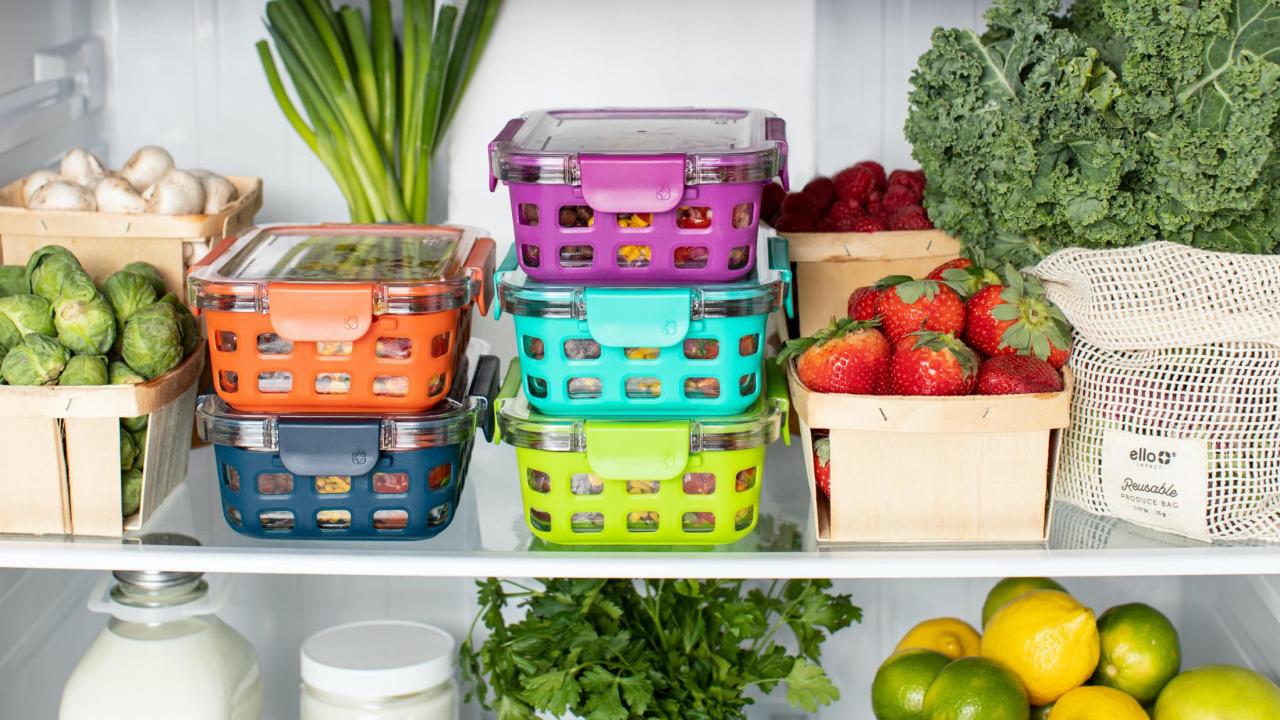
November – Safety First!
Quick Summary
- Eating healthy is important but eating safe is even more important!
- Clean often, separate and don’t cross-contaminate, cook to the right temperature, chill promptly
November – Safety First!
Eating healthy is important but eating safe is even more important!
Foodborne illness occurs when you consume food or drinks contaminated with a pathogen, and common symptoms include stomach cramps, nausea, vomiting, diarrhea, and fever. In some cases, this infamous “food poisoning” can even cause malnutrition, disability, or death when untreated, so if you suspect that you have contracted a foodborne illness, please visit a trusted healthcare professional to set things right!
With that, it is important to emphasize that foodborne illness is quite preventable. The CDC recommends four basic steps:
- Clean Often – Wash your counters, sink, cutting boards, cookware, dishware, utensils, and your hands with hot soapy water to help prevent the spreading of germs around your kitchen. Take extra care rinse your produce under running water, too!
- Separate and Don’t Cross-Contaminate – Keep raw and ready-to-eat foods away from each other! Use different utensils, cutting boards, and dishware when you’re cooking, and always store ready-to-eat foods on the top two shelves of your fridge above raw foods to prevent cross-contamination.
- Cook to the Right Temperature – If you cook your food to a high enough internal temperature, you can kill the germs that can make you sick, and this is especially important when preparing animal products. Make sure to purchase a quality food thermometer and download this Safe Minimum Cooking Temperatures Chart to hang on your fridge!
-
Chill Promptly – If you have leftovers, meal prep, or any perishable foods, it is essential that we stick them into the refrigerator within 1-2 hours to prevent microbes from multiplying. For this to work, ensure that your fridge is at 40°F or lower.
Obviously, this is not an exhaustive list, so here are some additional tips to help you get started:
- Color Code – This is a great way to help you identify utensils and cookware used for raw versus ready-to-eat food. No cross-contamination here!
- First In, First Out – Always eat the food that expires soonest first! And, for any leftovers or meal preps, be sure to label them with the date on which they should be discarded. Typically, this date is 7 days after the day it was prepared, assuming that it is properly refrigerated and that all the food’s ingredients do not expire sooner than 7 days.
- Get An Accurate Temperature Reading – When measuring for the internal temperature of your food, always take your reading from the thickest part of the food.
- Practice Safe Thawing – Don’t leave frozen food to thaw on your counter! Allow them to thaw in the refrigerator or in consistently cold water. If you’re running short on time, it is also okay to thaw your food in the microwave as long as you cook it immediately.
Seasonal Foods and Recipes
Some inspiration just for you! Want to check out what’s in season? These resources can tell you exactly what fruits and vegetables are available where you live, at what time of year, and what recipes they work perfectly in!
Banana Bread Baked Oats
Breakfast just got better. Try out Banana Bread Baked Oats.
15-Minute Miso Soup
As the weather get colder, this 15-Minute Miso Soup will not only warm you up but give your gut a probiotic boost.
Roasted Vegetable Pesto Panini
A Roasted Vegetable Pesto Panini makes for a fast, easy, and portable lunch. Try it!
Air Fryer Salmon Kebabs
Get your healthy fats in! Make some Air Fryer Salmon Kebobs and share it with family and friends.
Chicken Brown Rice Bowl
So simple yet so delicious. This Chicken Brown Rice Bowl is packed with whole grains and protein!
Chipotle Portabello Tacos
Street food with a delicious vegetarian twist: Chipotle Portobello Tacos